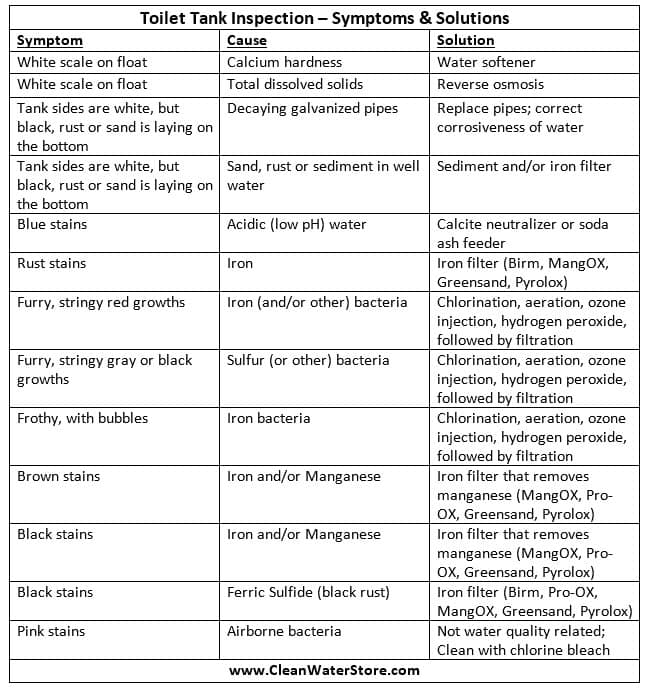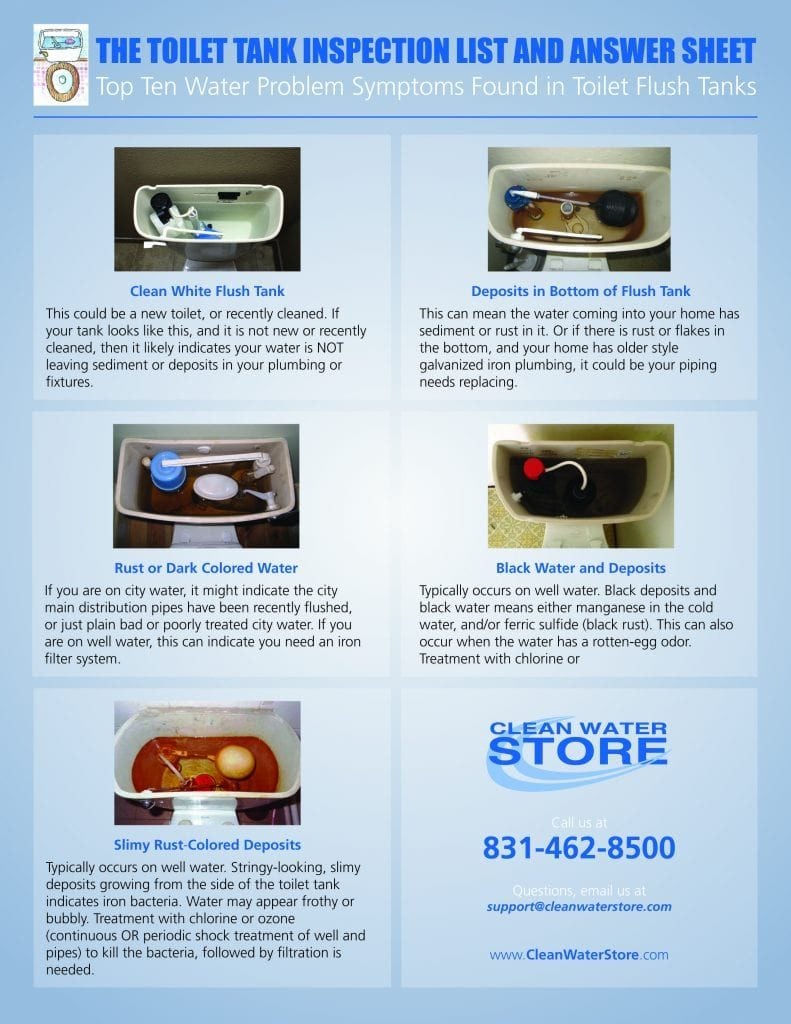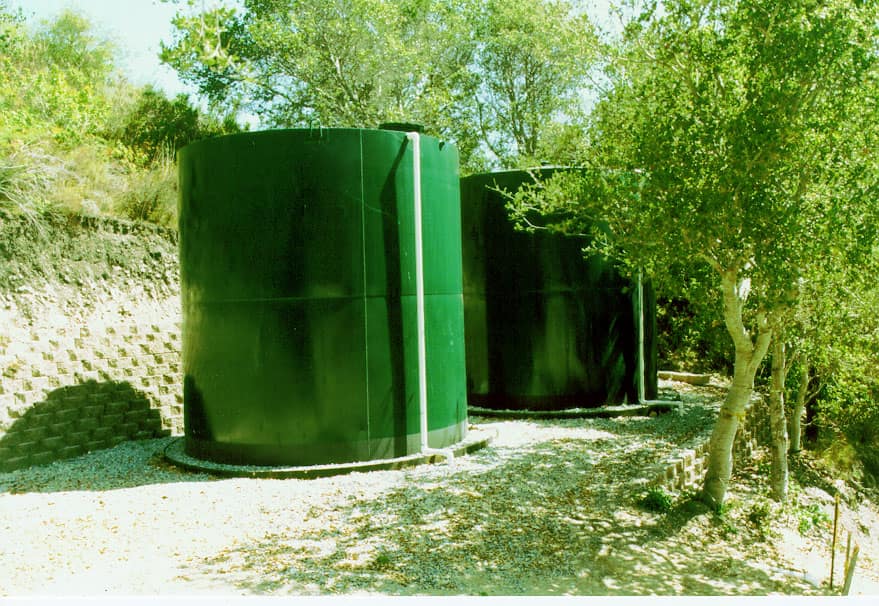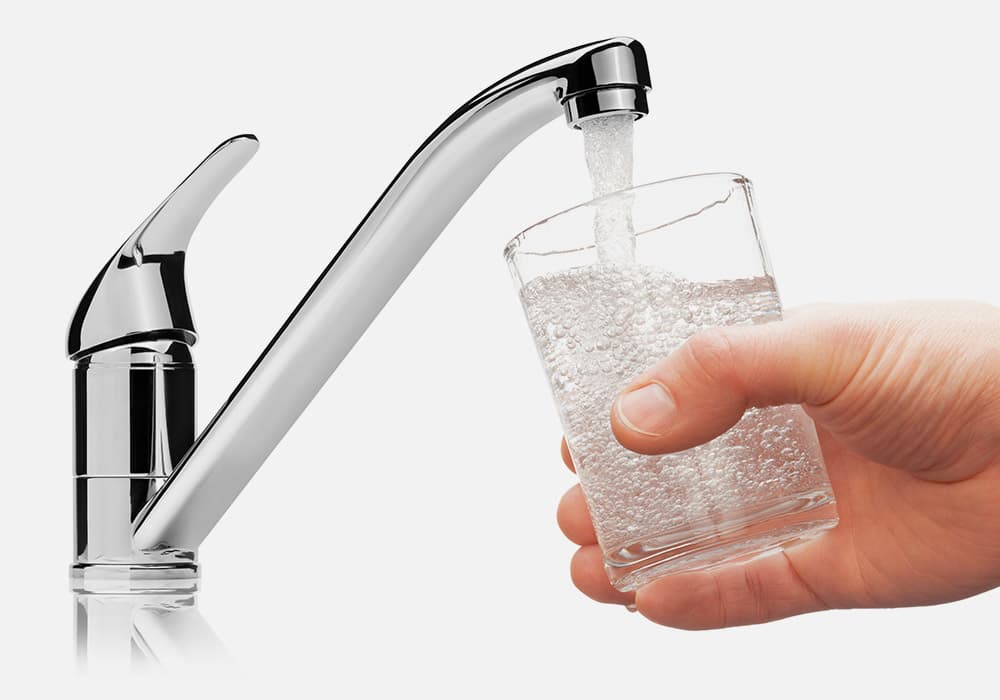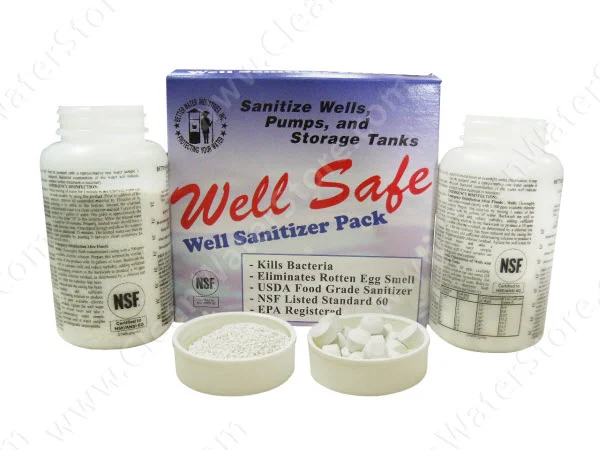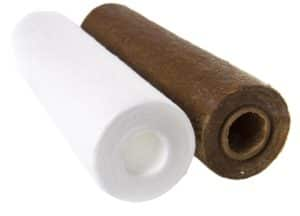13 Water Problems Your Toilet Tank Might Tell You About Your Water
13 Toilet Tank Problems That Might Tell You About Your Water
Understanding Toilet Mechanics
Toilets are complex systems that rely on a combination of mechanical and hydraulic components to function properly. Understanding how a toilet works can help you diagnose and fix common problems.
How a Toilet Works
A toilet operates using a blend of gravity and water pressure to remove waste efficiently from the bowl. Pressing the toilet handle lifts the flapper, allowing water to rush from the tank into the bowl. This surge of water flows through the trapway, creating a suction effect that evacuates waste and water from the bowl. Once the bowl is clear, the tank refills with water, and the process stops when the float mechanism reaches a predetermined level.
Iron Bacteria in Toilet Tank: One of the 13 Water Problems Your Toilet Might Tell You About Your Water
One problem we often hear about is unpleasant odors from some. However, not all of the fixtures in the house have toilet tank problems. Removing the tank lid to inspect internal components, such as the flapper valve and fill valve, is crucial for diagnosing and fixing common toilet issues. Additionally, issues like clogs and water levels can affect the toilet bowl, emphasizing the importance of monitoring these levels for proper toilet operation.
For example, the upstairs bathroom shower has a bad odor, but the downstairs kitchen and bath have no odor.
This can be caused by bio-films of iron and/or sulfur bacteria forming in certain sections of the home plumbing that are not used as much as other sections. Acidophilic iron bacteria, which thrive in low-pH environments, can also contribute to these issues. Acid mine waste is a critical environment for these bacteria, affecting water quality and potentially leading to unpleasant tastes and odors.
Some wells have high levels of these bacteria, which metabolize sulfates in the water and produce hydrogen sulfide gas, which give the water the terrible ‘rotten-egg’ odor.
(If you want to learn more about dirty water, check out this post)
Common Issues with Toilet Tanks and Toilet Leaks
Toilet tanks can be a breeding ground for various issues that can affect the overall quality of your water supply. One of the most common problems is the growth of iron bacteria. These microorganisms thrive in environments with high iron content, leading to unpleasant odors, tastes, and discoloration in your water. Iron bacteria can also produce a slimy biofilm that clogs pipes and damages your plumbing system. A running toilet can also be a significant issue, wasting water and increasing your utility bills.
Another frequent issue is the presence of sulfur bacteria, which can produce hydrogen sulfide gas. This gas is notorious for its “rotten egg” smell, making your bathroom experience quite unpleasant. Toilet leaks can occur in various parts of the toilet, such as from the tank to the bowl or through the overflow tube. Regular maintenance and testing of your toilet tanks can help identify these issues early on, allowing you to address them before they escalate into major problems. Prompt toilet repair is crucial to prevent worsening damage and ensure your plumbing system functions efficiently.
Clogged Toilet and Bowl Issues
Clogged toilets and bowl issues are frequent nuisances that can stem from various factors, such as hair, soap, and other debris. To tackle a clogged toilet, you can start with a plunger to dislodge the blockage. If that doesn’t work, a toilet auger might more effectively reach deeper clogs. Persistent problems may require a drain snake or the expertise of a professional plumber to ensure your toilet is functioning smoothly.
Iron Bacteria in Toilet Tanks
Iron bacteria are a type of microorganism that can thrive in toilet tanks, especially in areas with high iron levels in the water. These bacteria feed on the iron, producing a slimy biofilm that can cause a range of problems. This bacterial slime can clog your pipes, reducing water flow and potentially damaging your plumbing system. Additionally, iron bacteria can cause unpleasant odors and tastes in your water, making it less enjoyable to use. A damaged or misaligned toilet flange can exacerbate these issues by causing a wobbly toilet, which may damage the wax seal and lead to leaks.
One of the visible signs of iron bacteria in your toilet tank is the formation of ferrous iron, which can stain the tank and pipes with a reddish-brown color. To prevent the growth of iron bacteria, it’s essential to maintain good water quality and perform regular testing. This can help you catch any issues early and take the necessary steps to address them. Additionally, maintaining or upgrading toilet seat hinges can prevent noisy or slamming toilet lids, enhancing user comfort and preventing further damage to the toilet.
Water Level and Fill Valve Issues
Water level and fill valve issues can cause problems with your toilet’s flushing performance and water usage. Here are some common issues and solutions:
Toilet Fill Valve Problems
The toilet fill valve plays a crucial role in refilling the tank with water after each flush. When the fill valve malfunctions, it can disrupt the toilet’s flushing efficiency and water consumption. Here are some common toilet fill valve problems and their solutions:
- Low Water Level: If the tank water level is too low, it can compromise the toilet’s flushing power. Adjust the float mechanism to raise the water level to the appropriate height to resolve this.
- High Water Level: Conversely, if the water level is too high, it can cause the toilet to run continuously, wasting water. Adjusting the float mechanism to lower the water level can fix this issue.
- Faulty Fill Valve: A defective fill valve can lead to inconsistent flushing and water usage. In such cases, replacing the fill valve is often the best solution to restore proper function.
Understanding these common issues and their solutions ensures your toilet operates efficiently, conserving water and preventing unnecessary repairs.
Water Quality Issues
Water quality issues can significantly impact your toilet tank and overall plumbing system. Poor water quality can lead to the growth of iron and sulfur bacteria, which can cause a range of problems, including unpleasant odors, tastes, and discoloration. These bacteria thrive in environments with high levels of iron and sulfur, producing hydrogen sulfide gas and bacterial slime that can clog pipes and damage your plumbing.
Inspecting the water supply valve is crucial for diagnosing and resolving issues such as slow-filling or leaking toilets. Ensuring the water supply valve is functioning properly can prevent water waste and maintain efficient toilet operation.
Regular testing and maintenance on your water supply are essential to prevent water quality issues. This can help you identify any contaminants or impurities that may be present. Water treatment equipment can also help remove these impurities, ensuring your water supply remains clean and safe. Regular maintenance and testing are key to preventing water quality issues and keeping your plumbing system in good condition.
How To Fix Your Toilet Tank Problems and Clogged Toilet?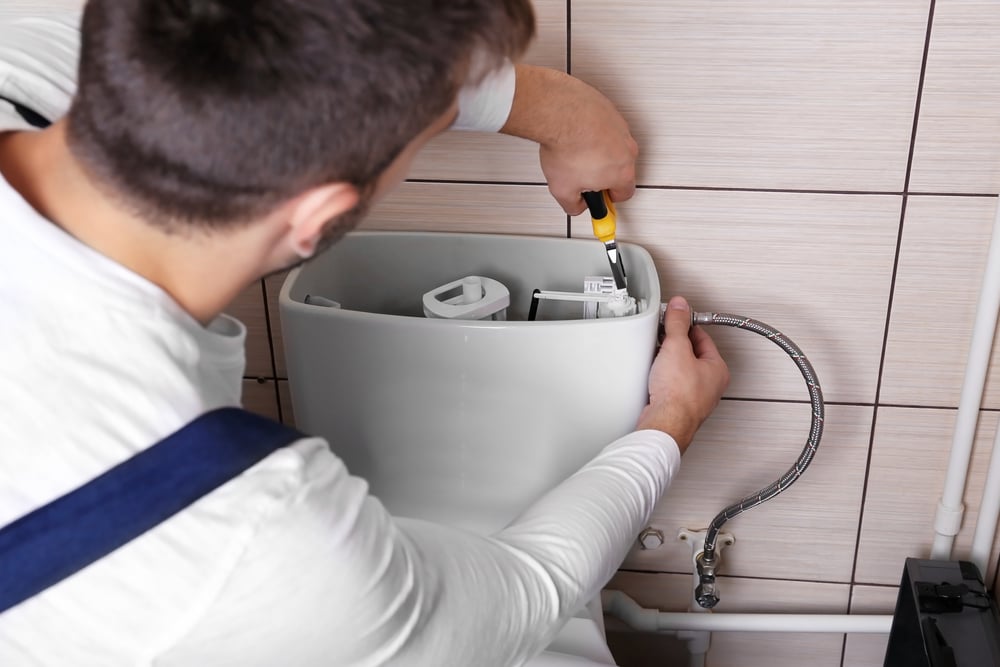 Step 1: Shock Chlorinating The Well to Remove Iron Bacteria
Step 1: Shock Chlorinating The Well to Remove Iron Bacteria
First, shock chlorinating the well can kill bacteria and reduce and/or eliminate their activity in the short run.
However, these bacteria live in pipes inside biofilm, a microscopic gelatinous coating where they live and multiply. Some pipes in the home that are not used as much as others allow these biofilms to form and allow the odors to come back.
You may wonder how you can tell if you have iron bacteria. One way is to use an iron bacteria test kit and actually test for it. The other way is to look in your toilet flush tank!
Simply remove the lid on the toilet tank and look inside. Some signs of iron or sulfur bacteria are slime, a stringy material growing out from the sides, or bubbles/froth on the top of the water in the tank.
Besides iron bacteria, your toilet tanks can tell you if you have copper corrosion (blue water), sediment, or other contaminants in the water:
For bacterial problems, we recommend a series of chlorine shocking the piping, once a month for several months.
Eventually, this will eliminate the problem.
Step 2: Disinfection System Using Chlorination Or UV Light with Disinfectant Injection Retention and Toilet Fill Valve Maintenance
If you find it won't go away, you can also install a disinfection system using chlorination or UV light as part of a comprehensive iron bacteria treatment to destroy the bacteria as they enter the home from the well. It is important to oxidize iron during the disinfection process, as this helps prevent the growth of various types of iron bacteria that can impact water quality.
Also, drain your water heater and remove and inspect the anode rod.
If the anode rod is worn or severely corroded, you can replace it with an aluminum-zinc type, which may help reduce the water heater's odor.
We hope this information helps you solve your problems. If you have any further questions, you can reach us at support@cleanwaterstore.com or on Facebook. Happy flushing!
We hope this information helps you solve your problems. If you have any further questions, you can reach us at support@cleanwaterstore.com or on Facebook. Happy flushing!


